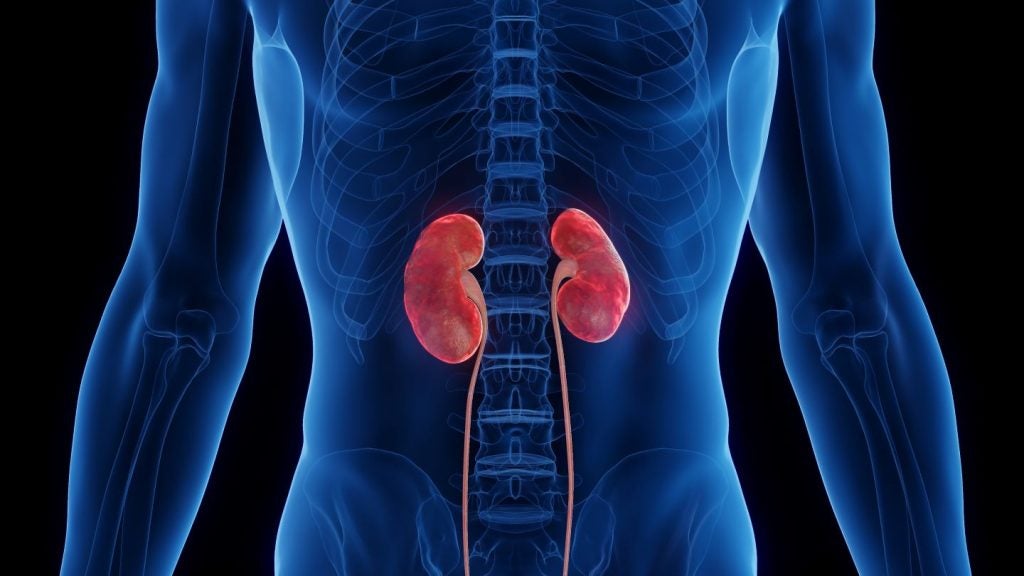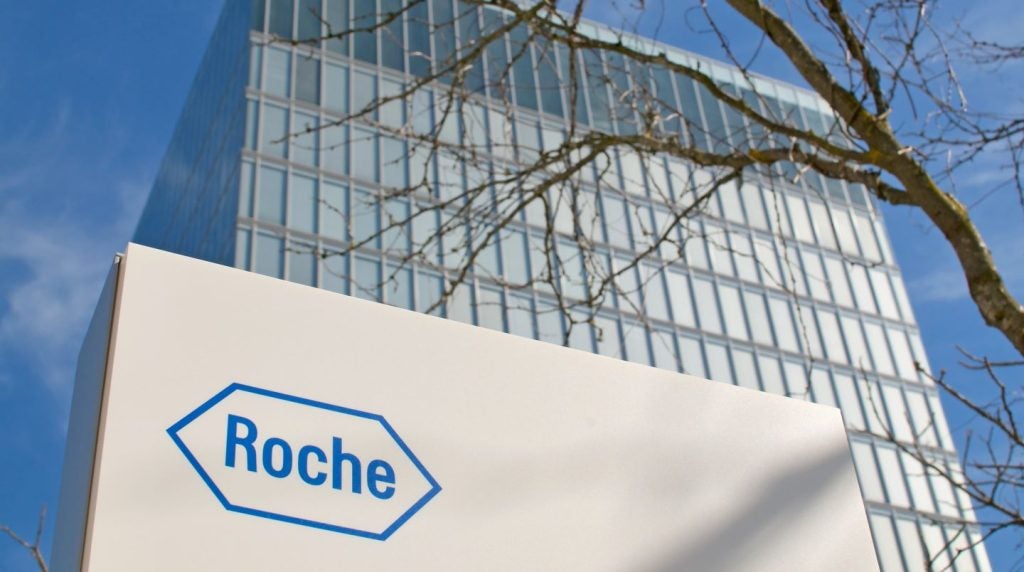
Need to know:
- The near absence of intraocular inflammation in KSI-301’s Phase I/Ib data builds optimism for favourable safety.
- KSI-301’s Phase I/Ib durability data shows its potential of six months without treatment.
- Noninferiority data against Eylea may be enough for KSI-301 enter the wet AMD market.
Kodiak Sciences’ KSI-301 may have an edge over approved competitors in wet age-related macular degeneration (AMD) by potentially not having intraocular inflammation (IOI) as a contraindication in its FDA label, if approved.
Another advantage of KSI-301 is that its dosing is more spread out compared to its potential competition, which allows for the patient to be less exposed to side-effect risks.
Given the very low rate of IOI in the Phase I/Ib KSI-301 study (NCT03790852), this may be a valuable selling point against Novartis’s Beovu (brolucizumab) and Regeneron Pharmaceuticals’ Eylea (aflibercept), as both have this side effect issue. Additionally, KSI-301 data shows it has durable efficacy; Phase I/Ib patients remained treatment-free for at least six months during the first year of treatment.
DAZZLE has Eylea as its active comparator, which may be a high efficacy bar.
However, experts told this news service such market advantages would still hinge on the success of the ongoing Phase IIb/III DAZZLE Study (NCT04049266). While Phase I/Ib reports of positive KSI-301 efficacy drew some optimism for DAZZLE’s success, the early phase trial did not have an active comparator arm. DAZZLE has Eylea as its active comparator, which may be a high efficacy bar. Nonetheless, KSI-301 only needs to report noninferiority to allow it to enter the market.
How well do you really know your competitors?
Access the most comprehensive Company Profiles on the market, powered by GlobalData. Save hours of research. Gain competitive edge.

Thank you!
Your download email will arrive shortly
Not ready to buy yet? Download a free sample
We are confident about the unique quality of our Company Profiles. However, we want you to make the most beneficial decision for your business, so we offer a free sample that you can download by submitting the below form
By GlobalDataDAZZLE topline data is expected in Q1 2022. GlobalData consensus forecasts estimate KSI-301 to have global peak sales of $1.23bn in 2027. Kodiak, which has a market cap of $5.21bn, did not respond to a comment request.
Possible lack of IOI as a distinguishing feature
Experts note KSI-301 could potentially overcome IOI as seen with Beovu and Eylea, giving KSI-301 a long-term market advantage. IOI, also known as uveitis, is a form of inflammation that often affects the middle layer of the eye and may lead to vision loss. In the Phase I/Ib KSI-301 study, only two out of 710 total doses applied to 130 subjects resulted in IOI, resulting in a rate of 0.28%, according to an August 2021 company presentation.
In contrast, in the Phase III Beovu trials, HAWK (NCT02307682) and HARRIER (NCT02434328), the 6mg dose had a rate of 2.2% (eight events in 360 subjects) and 0.8% (three events in 370 subjects), respectively. Similarly, collated data of Eylea’s Phase III trials VIEW1 (NCT00509795) and VIEW2 (NCT00637377), which included 1,223 subjects on a 2mg dose, had a rate of 3%, according to its FDA label. Both have IOI as a contraindication.
While all three approaches target vascular endothelial growth factor A (VEGF-A), they have different mechanisms. KSI-301 is an antibody biopolymer conjugate that binds to VEGF-A to stop new blood vessels from forming. Eylea is a recombinant fusion protein that also binds to VEGF-A, but also placenta growth factor (PIGF). Beovu is a single-chain antibody fragment that works by inhibiting VEGF-A via preventing it from interacting with its receptors. However, studies so far show linking the incidence of IOI to a single cause remains difficult, likely relating to multiple factors.
If KSI-301’s side-effect profile advantage remains in DAZZLE, it may be an avenue where it can potentially overtake available treatments.
If KSI-301’s side-effect profile advantage remains in DAZZLE, this may be an avenue where it can potentially overtake available treatments, Tennessee Retina vitreoretinal and uveitis surgeon Dr Sruthi Arepalli says. She expects this positive safety profile would be mirrored in DAZZLE because its trial design avoids potential cases of IOI. DAZZLE excludes subjects with active ocular or periocular infection or inflammation in either eye, meaning patients predisposed to IOI were excluded, she explains. These patients were also excluded in the Phase I/Ib trial, which allows for consistency, she adds. The Phase III Beovu trials also excluded these patients. The two Phase III Eylea studies excluded patients with a history of IOI.
While KSI-301 may have this IOI edge, Axon Clinical head of clinical research Dr Martin Wallisch notes it is important to remain careful in making any conclusions based on early data. In the HAWK study investigating Eylea, a lower 2mg dose was also studied and had a rate of 0.3% (single event in 360 subjects), with no IOI events reported in the HARRIER trial’s 2mg arm. The 5mg dose of KSI-301 could potentially display higher chances of side effects, ophthalmologist Dr Matias Iglicki adds. In the Phase I/Ib, 2.5mg and 5mg doses of KSI-301 were studied, with detailed data forthcoming. DAZZLE is recruiting 550 patients, while the Phase III Beovu and Eylea trials recruited 1,817 and 2,412 patients in total, respectively.
Patients who are content with available therapies are unlikely to switch to KSI-301 if they do not have the IOI issue, Arepalli adds. GlobalData consensus forecasts estimates Beovu to have global peak sales of USD 508m in 2027. Bayer is the ex-US distributor of Eylea. Eylea has total peak sales estimates of USD 9.15bn in 2027.
Longer KSI-301 dosing gap intriguing
KSI-301 has another feature that could entice patients to switch. KSI-301 can have a more spread-out treatment interval compared to its competition, Arepalli says. In the Phase I/Ib KSI-301 trial, about 66% of wet AMD subjects were treatment-free for at least six months during the first year.
In DAZZLE, KSI-301 is administered at 12, 16 and 20-week intervals. In contrast, both Beovu and Eylea are administered once every four weeks for the first three months. Beovu switches to one treatment every eight to 12 weeks, while Eylea switches to one treatment every eight weeks. Indeed, KSI-301 can serve as a longer-term treatment than the other anti-VEGFA assets, Beovu and Eylea, Arepalli adds.
Beovu, Eylea and KSI-301 are administered intravitreally, which involves injection into the back of the eye.
The need for repeated treatments is a key challenge for retinal physicians, Arepalli says. Beovu, Eylea and KSI-301 are administered intravitreally, which involves injection into the back of the eye. Reducing the number of injections will result in a reduction in side-effect risks, Iglicki agrees.
KSI-301’s more spread-out dosing could potentially serve a role as a bridging treatment, Arepalli adds. For example, KSI-301 could be used in patients switching from Eylea, which has a more frequent dosing, to a long-term delivery systems such as Roche’s Susvimo (ranibizumab), she explains. Susvimo is a refillable implant, which may only require as few as two treatments in a yearly interval.
The Phase I/Ib KSI-301 trial also recruited patients with diabetic macular edema (DME) and ones with macular edema due to retinal vein occlusion (RVO). KSI-301 is also in the Phase III stage in these indications. With the Phase I/Ib also showing durable results for KSI-301 in these two indications, these patients would also potentially have fewer injection treatments each year, Arepalli says.
DAZZLE remains crucial
According to Arepalli, DAZZLE results could follow the positive safety and efficacy trends set by Phase I/Ib data. The Phase I/Ib had a secondary efficacy endpoint of the mean change in best corrected visual acuity (BCVA) measured until week 72. The data showed a mean increase in BCVA of 5.7 in ETDRS, a visual acuity chart, in wet AMD.
However, experts still had some caution in declaring DAZZLE as a sure bet in delivering a positive result. There have been previous ophthalmological assets that delivered disappointing Phase III results despite positive Phase II data, Iglicki says.
There have been previous ophthalmological assets that delivered disappointing Phase III results despite positive Phase II data.
With DAZZLE using Eylea as an active comparator, it may set a high bar for KSI-301 to deliver positive results, Wallisch says, who is a DAZZLE investigator. The Phase I/Ib did not have an active comparator. DAZZLE uses BCVA as the primary endpoint. In the VIEW1 trial, Eylea subjects in the four-week dosing arm had a mean change of 10.9 in ETDRS at 52 weeks.
Eylea is the gold standard in wet AMD and studies use Eylea as an active comparator, Wallisch adds. In this sense, if KSI-301 shows noninferiority to Eylea, it would argue for KSI-301’s approval and real-world use, he notes.







